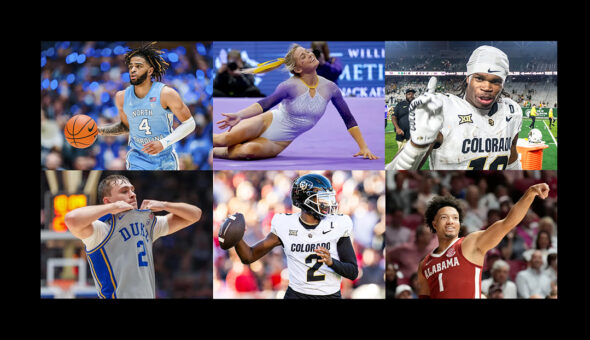Higher education enrollment leaders are rethinking the way they communicate with parents given the current influence these parents hold over their children’s college searches and decisions.
Aaron Basko is the associate vice president for enrollment management at the University of Lynchburg, a private school of approximately 2,500 students in Virginia. He has observed the trend of growing parental involvement throughout almost every step of the admissions process.
“Parents have definitely become the number one influence that students look to. They’re much more of a part of the decision-making process. It’s a combination of them being both parent and friend at the same time,” Basko said.
Generation X parents, those born in the 1960s and 70s, are more transactional in mindset, more anxious and less trusting, according to a recent white paper from education firm EAB. An increase in what the paper calls “intensive parenting” has led to parents of high schoolers wanting to be more involved in the college selection process. According to the data, “Students are more likely to rank parents as a top source in their college search and decision, and parents increasingly seek direct communication from colleges.”
Vice provost of enrollment management at Oregon State University in Corvallis, Jon Boeckenstedt, agreed, “I think it’s safe to say parents are more involved in everything these days, so it’s natural to extend that to college selection.”
The paper provided five takeaways, including parents’ desire for direct communication from colleges, their concern about the cost and value of college, the shift in parental interest during the recruitment process, the convergence of parents’ and students’ concerns over costs later in the student journey and parents’ active participation across numerous communication channels.








